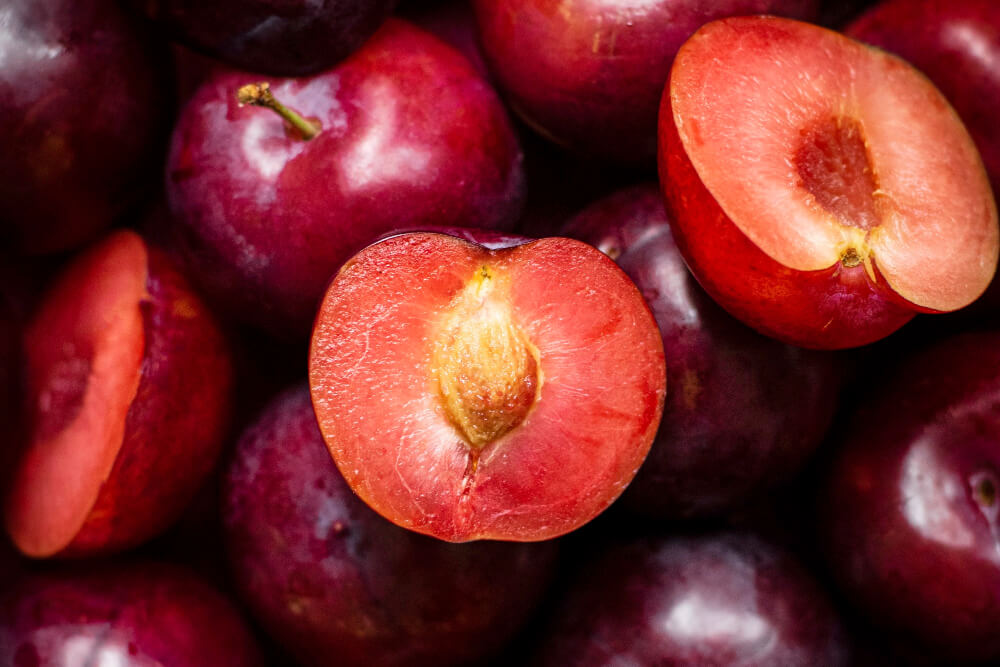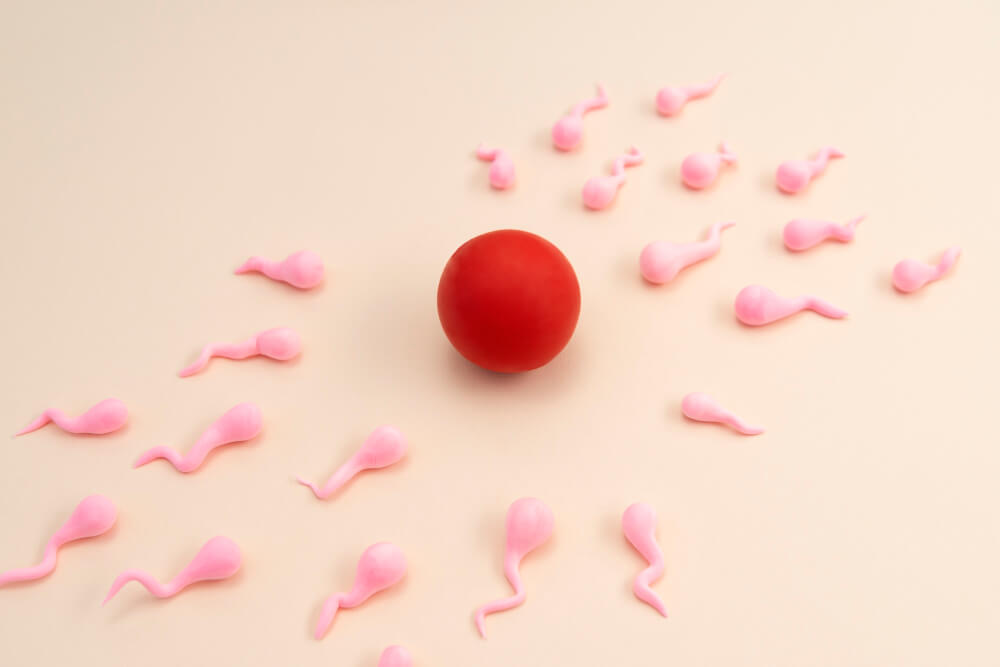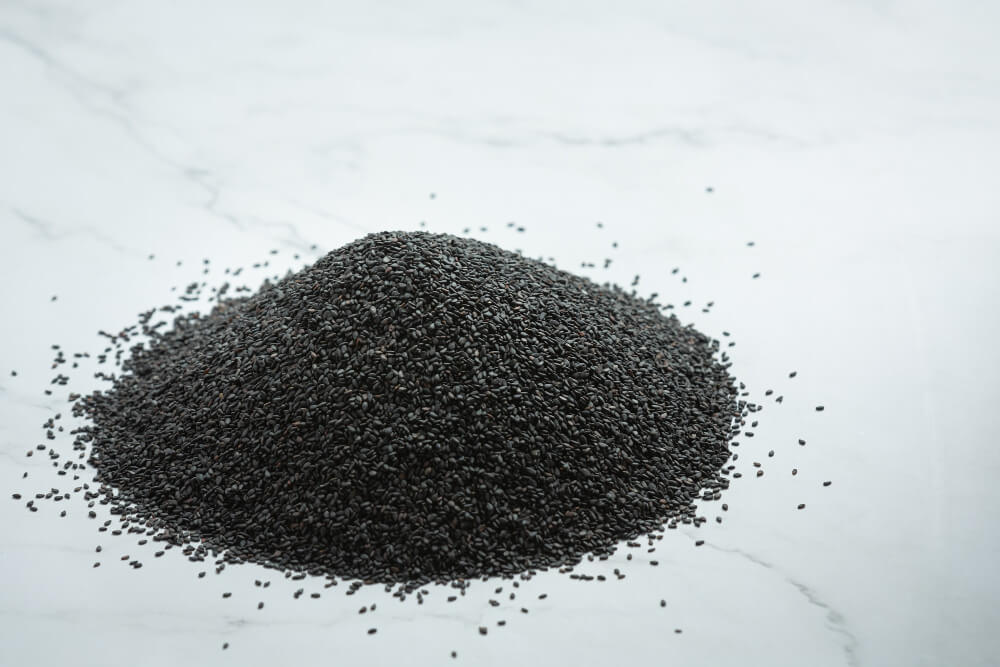The Role of Menstrual Blood in Traditional Medicine

Menstrual blood, often considered a taboo topic in many societies, has held a significant place in traditional medicine and cultural practices throughout history. Across various cultures, it has been viewed as a symbol of life, fertility, and renewal. While modern science focuses on understanding menstruation from a biological perspective, traditional beliefs have attributed unique properties and healing potentials to menstrual blood.
Historical Perspectives on Menstrual Blood
-
Ancient Cultures and Rituals:
- In many ancient societies, menstrual blood was seen as sacred and powerful.
- It was used in fertility rituals, believed to enhance the chances of conception and ensure a healthy pregnancy.
- Some cultures considered it a connection to the divine or spiritual world.
-
Symbol of Fertility and Life:
- Menstrual blood was often associated with creation and the cycle of life.
- Traditional healers used it symbolically in ceremonies to promote growth and vitality.
-
Protective Charms:
- Some traditions believed menstrual blood could ward off evil spirits or negative energies.
- It was sometimes used in talismans or rituals to ensure protection and strength.
Menstrual Blood in Traditional Medicine
-
Healing Properties:
- Traditional healers in certain cultures believed menstrual blood had regenerative properties due to its connection to the body’s natural cycles.
- It was sometimes used in folk remedies to address ailments related to reproductive health.
-
Fertility Treatments:
- In some practices, menstrual blood was used symbolically to promote fertility or balance hormonal energy within the body.
-
Spiritual Cleansing:
- Menstrual blood was thought to have purifying qualities in some traditional medicine systems.
- It was occasionally incorporated into rituals aimed at cleansing the body or soul.
Modern Interpretations and Critiques
-
Scientific Perspective:
- Modern medicine views menstrual blood as the shedding of the uterine lining, with no intrinsic "healing" properties.
- However, it is rich in stem cells, which have sparked interest in regenerative medicine.
-
Cultural Relevance:
- Many of these traditional uses are now considered symbolic rather than practical.
- The focus has shifted to understanding menstruation as a natural biological process and debunking myths.
-
Controversy and Misuse:
- Some historical uses of menstrual blood have been criticized as based on superstition rather than evidence.
- It is important to approach such traditions with cultural sensitivity while relying on evidence-based practices for medical treatments.
Empowering Conversations Around Menstruation
The role of menstrual blood in traditional medicine highlights how different cultures have viewed menstruation as a powerful and natural phenomenon. Today, breaking taboos and encouraging open conversations about menstruation can help demystify its biological functions and reduce stigma.
Related Articles

Common Symptoms in the First Trimester and How to Manage Them

What Your Vaginal Discharge Can Tell You About Your Health

Understanding Pregnancy Tests: How They Work

Baby development at 12 weeks

Baby development at 39 weeks

Baby development at 13 weeks

Baby development at 2 weeks

Baby development at 4 weeks